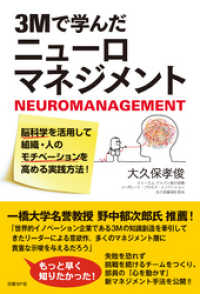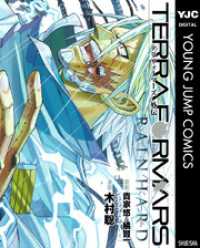Description
How Documentaries Work breaks down the hidden conventions of documentaries in clear and accessible language for film students and documentary enthusiasts alike. Jacob Bricca, ACE, an award-winning documentary director, producer, and editor, provides a behind-the-scenes, under-the-hood view of what's really going on in the construction of nonfiction films and television shows. This book presents examples from contemporary documentaries and docuseries and delivers insights from some of the most exciting nonfiction filmmakers and craftspeople working today, including director Steve James (City So Real, Hoop Dreams), producer Amy Ziering (Allen v. Farrow, The Hunting Ground), editor Aaron Wickenden, ACE (Roadrunner: A Film About Anthony Bourdain, 20 Feet from Stardom), and composer Miriam Cutler (RBG, Lost in La Mancha). Chapters such as "Flow," "Narrative," and "Time" offer a new way of looking at documentary film language, while others like "Titles," "Music," and "Sound" deliver extraordinary insights on seemingly ordinary topics. A compact volume written in plain, easy-to-understand language, this book promises to change the way you think about nonfiction films and television shows forever.
Table of Contents
INTRODUCTIONCHAPTER 1: RAW MATERIALSVeritéInterviewsArchivalReenactments and AnimationVoiceover NarrationTitle CardsCHAPTER 2: MEANINGCreating Meaning Within the Interview FrameCreating Visual Uniformity with InterviewsCreating Meaning with Objects in the FrameCreating Meaning with WordsInterview-As-NarrationCreating Meaning with VeritéOpen vs. Closed MeaningsCHAPTER 3: NARRATIVEThe SetupPositionThe Crisis MomentProducing the Narrative TurnProducing the Narrative Turn with JuxtapositionMicro-NarrativesCallbacksNon-Narrative DocumentariesCHAPTER 4: PRESENCE FRAMINGObservational FramingThe Semi-Staged SceneThe Participatory FrameNarration and the Participatory FrameVoice of God NarrationAltering the OutcomeThe Reflexive FrameCHAPTER 5: FLOWUnifying with SoundPivots and PausesJuxtapositionCollective MemoryCHAPTER 6: TIMEThe Experience of Time in VeritéThe Interleaving of ScenesUse of the Present TenseCHAPTER 7: TITLESNaming CharactersConferring LegitimacyLook and FeelSubtitlesCHAPTER 8: ARCHIVALArchival TreatmentsManipulation of Newspaper AssetsHistorical ShorthandCHAPTER 9: SOUNDSweeteningFoleyTime and SpaceFraming Presence with Sound: The Cave & For SamaCHAPTER 10: MUSICFear of MusicFilm vs. TelevisionVerité vs. Expository, Interviews vs. ArchivalToneProcedural MusicCONCLUSION The Brave New World of Hybridity in DocumentaryAcknowledgementsAppendix: List of Films and Television Shows Cited







